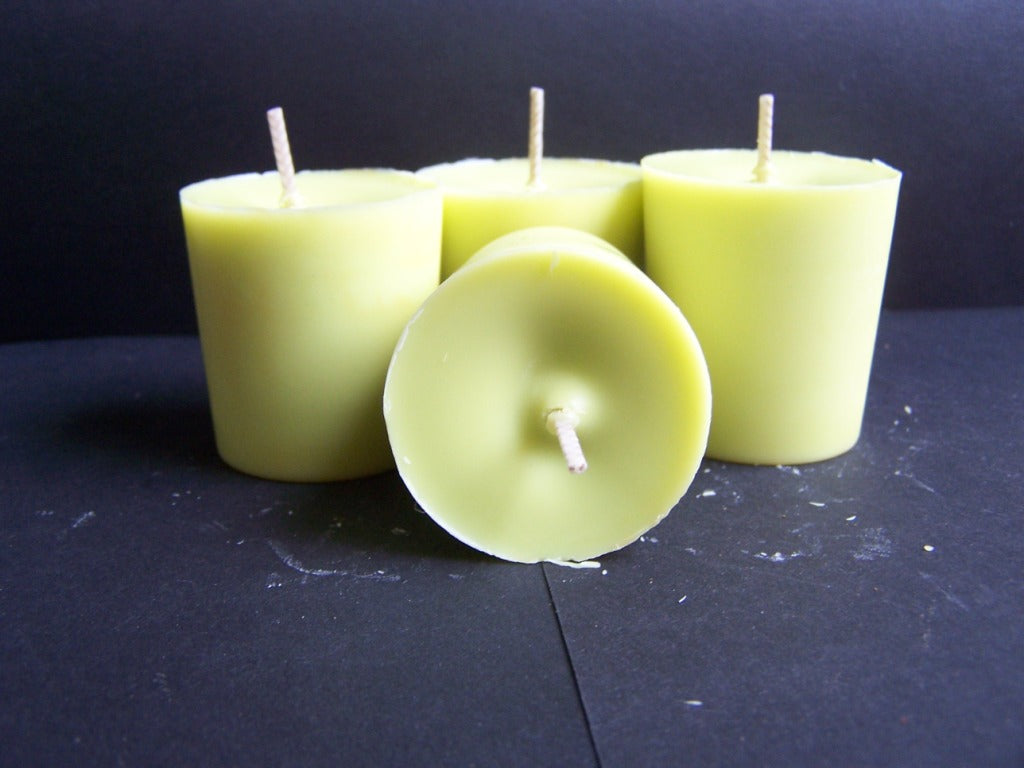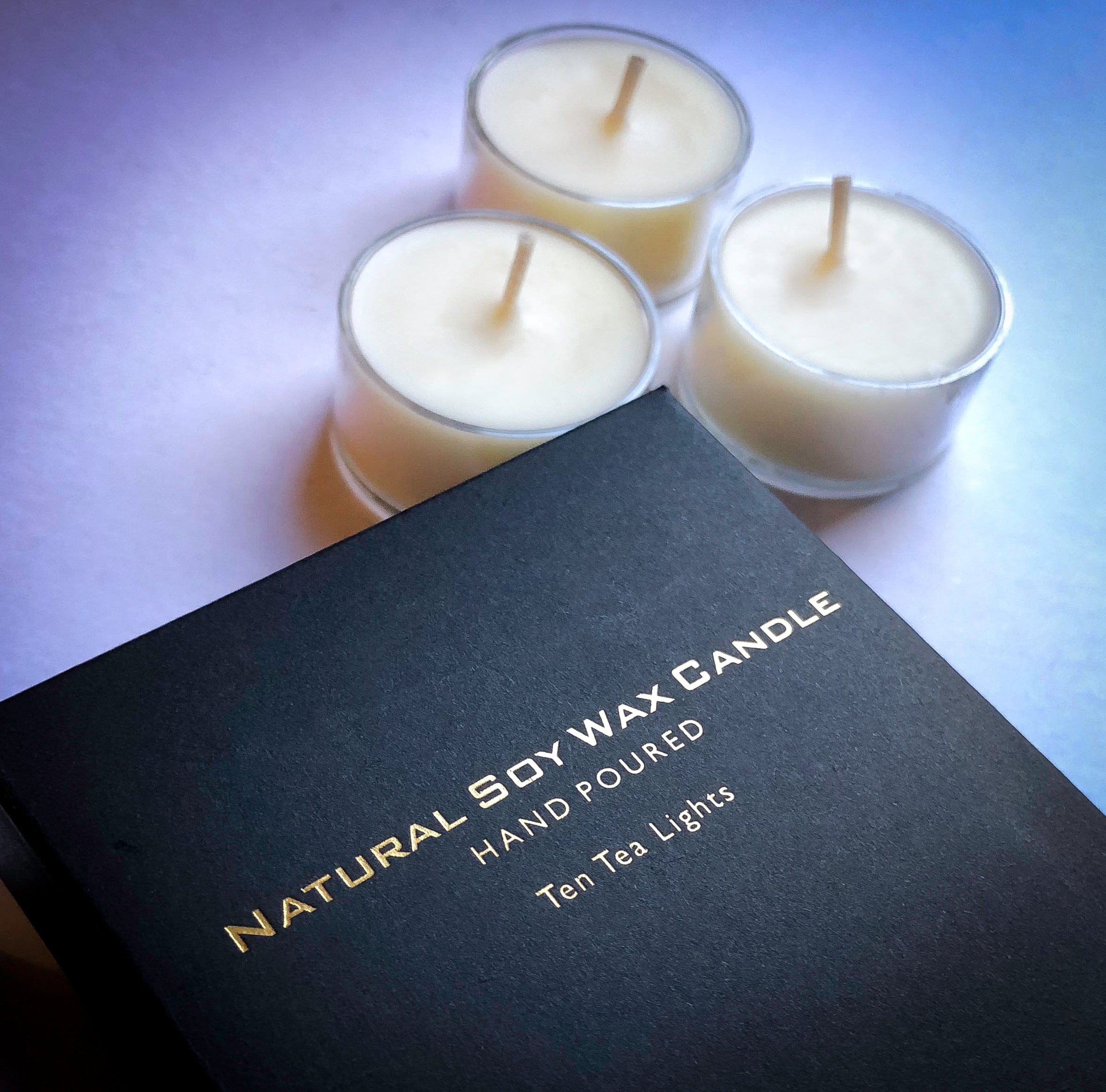Shop Sustainable Soy Wax Candles and Home Fragrance Collections
Shop Sustainable Soy Wax Candles and Home Fragrance Collections
Blog Article
From Wick to Wax: Recognizing the Chemistry Behind Soy Wax Candles and Their Ecological Impact
As we brighten our areas with the warm glow of candle lights, there exists a realm of intricate chemistry behind the seemingly straightforward act of lighting a soy wax candle. Join us as we untangle the scientific ins and outs behind soy wax candle lights and explore their ramifications on our atmosphere.
Soy Wax Vs. Paraffin Wax
When contrasting soy wax and paraffin wax for candle production, it is vital to comprehend the unique characteristics and benefits of each product. Soy wax is an all-natural, eco-friendly resource stemmed from soybean oil, making it environment-friendly and biodegradable - candles. On the other hand, paraffin wax is a by-product of petroleum refining, which raises worries about its ecological influence and sustainability
Soy wax candles shed cleaner and give off less residue compared to paraffin wax candles, making them a much healthier option for interior air quality. Furthermore, soy wax has a reduced melting point, enabling a longer-lasting candle that spreads scent better. Paraffin wax, on the other hand, has a tendency to melt faster and much less easily, potentially launching dangerous chemicals into the air.
From a sustainability viewpoint, soy wax is preferred for its biodegradability and eco-friendly sourcing, lining up with the growing consumer choice for eco conscious products. While paraffin wax has actually been a standard selection in candle making due to its cost and ease of usage, the change towards environment-friendly choices like soy wax is gaining energy in the market.
Chemical Make-up of Soy Wax

Burning Refine in Soy Candles
The chemical make-up of soy wax straight influences the combustion procedure in soy candles, impacting factors such as shed time, scent release, and environmental impact. When a soy candle light is lit, the heat from the fire melts the wax near the wick. This liquid wax is after that created the wick because of capillary action. As the liquid wax reaches the flame, it undergoes and evaporates combustion. The burning procedure entails the vaporized hydrocarbons in the wax responding with oxygen airborne to generate warm, light, water vapor, and co2.
The burning performance of soy candle lights is influenced by the purity of the soy wax and the high quality of the wick. In addition, soy wax candles have a lower environmental effect contrasted to paraffin candles due to their biodegradable and renewable browse around this site nature.

Ecological Advantages of Soy Wax

Thought about a sustainable option to conventional paraffin wax, soy wax provides notable environmental advantages that make it a prominent choice among eco-conscious consumers. One considerable advantage of soy wax is its renewable sourcing. Soy wax is originated from soybean oil, which is mainly cultivated in the USA. The growing of soybeans aids support regional farmers and decreases the reliance on non-renewable fossil gas utilized in paraffin wax manufacturing. In addition, soy wax is eco-friendly, suggesting it breaks down naturally without releasing dangerous toxins right into the environment. This particular makes soy wax candle lights an extra eco-friendly alternative contrasted to paraffin wax candle lights, which are made from petroleum, a non-renewable resource. Soy wax burns cleaner and generates less residue than paraffin wax, adding to far better interior air top quality and lowering the need for cleaning and maintenance. Overall, the environmental benefits of soy wax straighten with the growing need for sustainable and eco-friendly products in the market.
Recycling and Disposal Factors To Consider
Reusing and link proper disposal of soy wax candles play a vital function in keeping ecological sustainability and lowering waste in homes and communities. When it comes to recycling soy wax candles, the very first action is to ensure that the candle has shed totally.

In regards to disposal, if recycling is not an option, soy wax candles are biodegradable and can be securely taken care of in most household waste systems. Nonetheless, it is always recommended to consult neighborhood reusing centers or waste administration services for specific guidelines on candle light disposal to guarantee appropriate handling and environmental management.
Final Thought
In verdict, the chemistry behind soy wax candles exposes their ecological benefits over paraffin wax candle lights. Soy wax, obtained from soybean oil, burns cleaner and creates less residue when contrasted to paraffin wax.
When contrasting soy wax and paraffin wax for candle making, it is important to recognize the distinctive attributes and advantages of each material (soy candles).Soy wax candles shed cleaner and produce less residue compared to paraffin wax candle lights, making them a healthier choice for interior air high quality.Thought about a lasting option to conventional paraffin wax, soy wax supplies noteworthy environmental benefits that make it a prominent selection amongst eco-conscious customers. Soy wax burns cleaner and produces much less soot than paraffin wax, contributing to much better interior air quality and lowering check these guys out the demand for cleansing and maintenance.In final thought, the chemistry behind soy wax candle lights reveals their ecological advantages over paraffin wax candle lights
Report this page